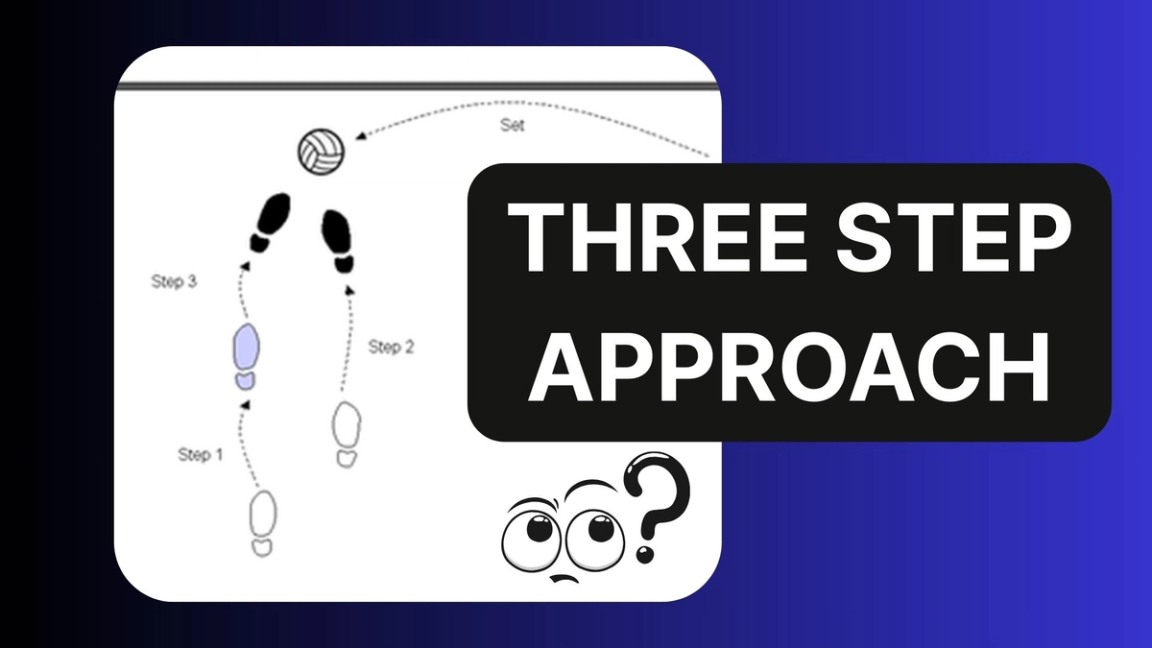
Mastering the Explosive 3-Step Volleyball

Matt Nikishin
•
4th August, 2025
In volleyball, the spike approach is the gateway to power, speed, and precision. For right-handed hitters, the 3-step volleyball approach offers a fluid and efficient pathway to vertical lift and solid ball contact.
Whether you're a beginner learning the basics or a seasoned athlete fine-tuning your game, mastering this approach can elevate your performance dramatically.
Let’s unpack what this technique entails and how you can make it your own.
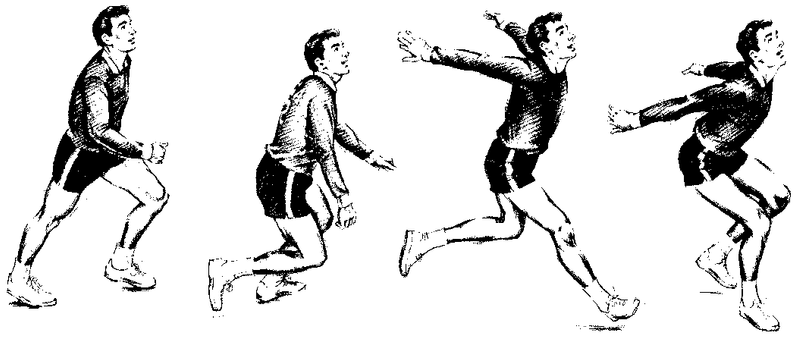
Why Footwork Matters in Volleyball
Your feet set the tone for everything that follows. Without a solid base and a well-timed sequence, your spike will lack the force and direction needed to score. Proper footwork:
- Improves timing
- Enhances jumping power
- Aligns your body for better swing mechanics
Differences Between 3-Step and 4-Step Approaches
While some athletes prefer the 4-step method, the 3-step approach is simpler and ideal for right-handed hitters aiming for quick attacks. It’s especially useful for quicker plays and tight court spacing.
Step-by-Step Breakdown of the 3-Step Approach
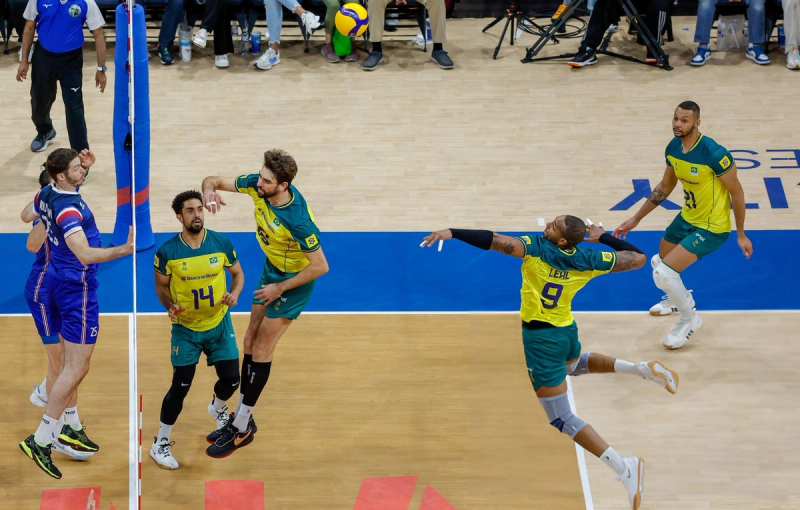
Step 1 – Left Foot: Initiating the Approach
This is your setup step. It’s small, forward, and intentional. You’re not sprinting—you're reading the setter, tracking the ball, and getting into rhythm.
Key tips:
- Keep it controlled
- Don’t lean forward too much
- Use it to build tempo, not speed
Step 2 – Right Foot: Building Momentum
Here’s where things speed up. This second step is longer and more forceful. It’s your chance to gain forward momentum and load your arms back in preparation to jump.
Pointers:
- Arms go back as your right foot steps
- Push off the ground to generate velocity
- Stay low to prepare for explosion
Step 3 – Left Foot (Plant Step): The Vertical Launch
This is the plant and explode moment. You’ll land on your left foot quickly and sink into your hips before launching upward. Both feet should be:
- Shoulder-width apart
- Firmly planted
- Ready to drive up and contact the ball at your jump's peak
Make sure your knees are bent and your core is tight. Think of this step as the trigger for your jump and swing.
The Role of Arm Swing in the Approach
Arm Loading and Synchronization
During step two, you should be pulling your arms backward like a pendulum. This loads energy into your shoulders and core.
How Arm Motion Affects Jump Height
The timing of your arm swing directly affects how high you jump. A delayed or uncoordinated arm motion reduces vertical lift and spike power.
Timing and Coordination
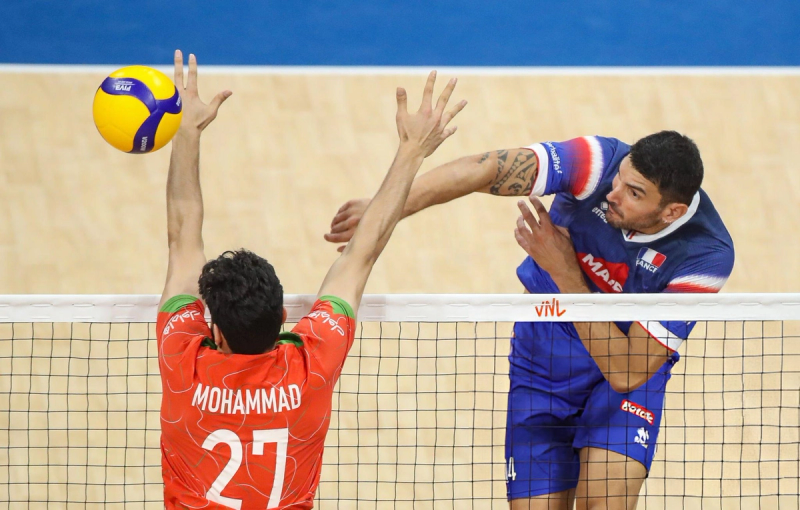
Contacting the Ball at the Jump’s Peak
The goal is to hit the ball at the very top of your jump. This gives you maximum reach and control.
Drills for Timing Accuracy
- Shadow approaches in front of a mirror
- Wall touches on jump cue
- Partner set + jump drills
Common Mistakes and How to Fix Them

- Rushing the approach: Slow down your first step.
- Improper arm and leg sync: Practice with shadow reps.
- Planting too early or too late: Use floor markers or cones.
Benefits of Mastering the 3-Step Approach
- Stronger vertical
- Cleaner spikes
- Better on-court awareness
- Improved timing and control
Conclusion
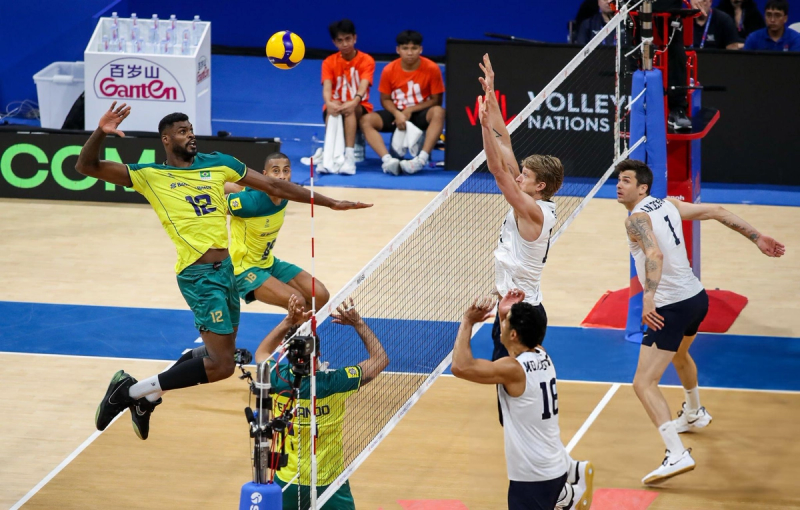
The 3-step volleyball approach for right-handed hitters is a powerful tool when executed correctly. With the right timing, explosive footwork, and arm swing coordination, you’ll find yourself hitting higher, faster, and more consistently. Keep practicing, stay focused, and trust the process—your best game is yet to come.
It’s hard to get better if you don’t know what’s wrong. With Rewind, you get real feedback from a coach who watches your game and tells you what to fix. Check out tryrewind.co to try it. Click the image below to explore.
